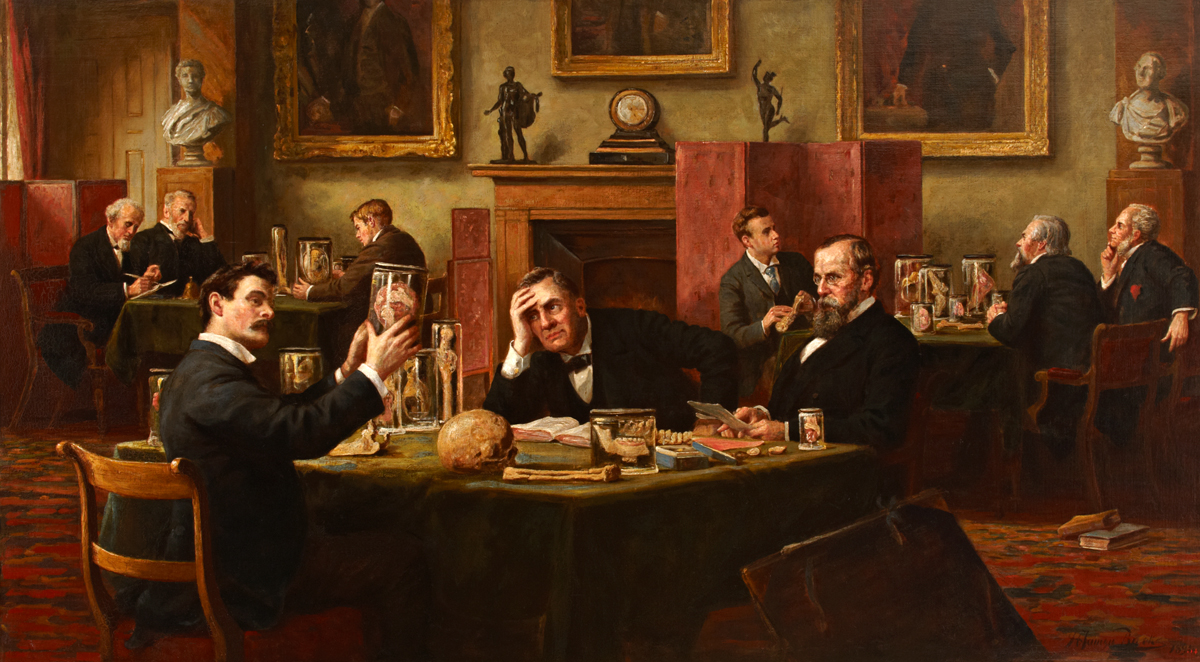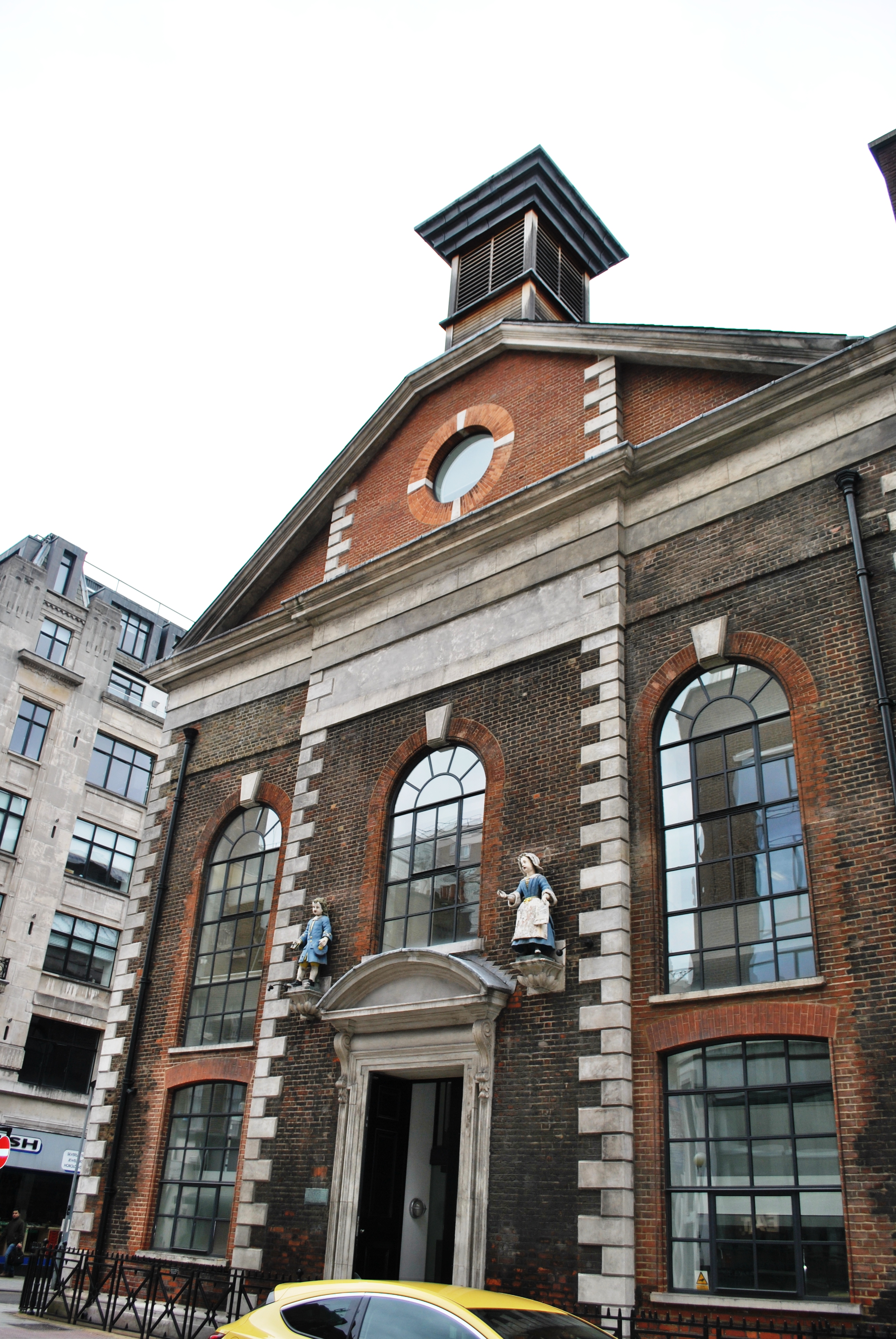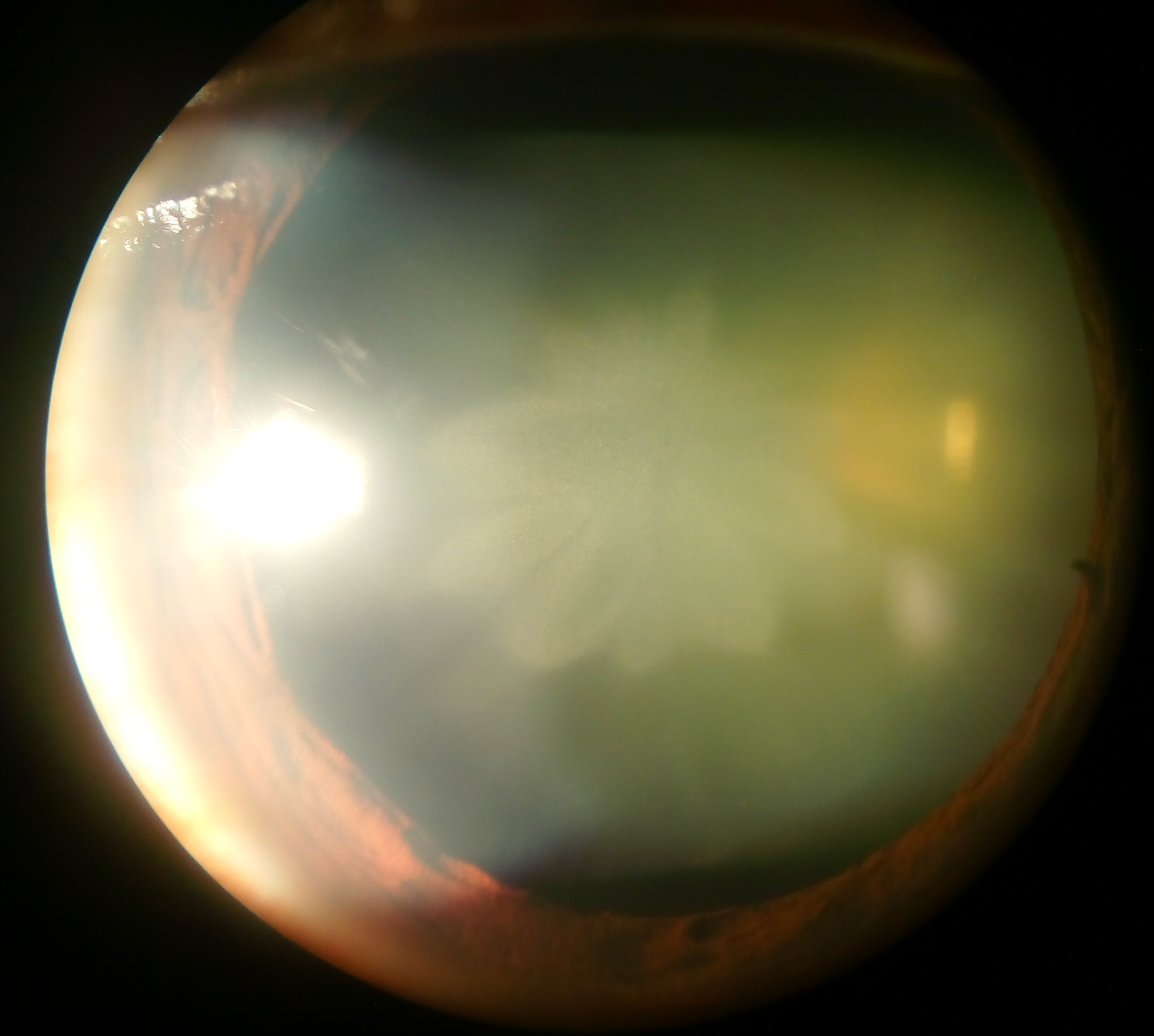|
William Cheselden
William Cheselden (; 19 October 168810 April 1752) was an English surgeon and teacher of anatomy and surgery, who was influential in establishing surgery as a scientific medical profession. Via the medical missionary Benjamin Hobson, his work also helped revolutionize medical practices in China and Japan in the 19th century. Life Cheselden was born in Somerby, Leicestershire on 19 October 1688. He studied anatomy in London under William Cowper (1666–1709), and began lecturing anatomy in 1710. That same year, he was admitted to the London Company of Barber-Surgeons, passing the final examination on 29 January 1711. He was elected as a Fellow of the Royal Society in 1712 and the following year saw the publishing of his ''Anatomy of the Human Body'', which achieved great popularity becoming an essential study source for students, lasting through thirteen editions, mainly because it was written in English instead of Latin as was customary. In 1718 he was appointed an assis ... [...More Info...] [...Related Items...] OR: [Wikipedia] [Google] [Baidu] |
Gerard Van Der Gucht
Gerard Vandergucht (or van der Gucht) (1696 or 1697 – 18 March 1776) was an English engraver and art dealer. Biography Vandergucht, was born in London, the elder son of the Flemish engraver Michael Vandergucht. He was taught engraving by his father, as was his younger brother Jan Vandergucht (or John) (c.1699-c.1730). Gerard was also taught drawing by Louis Chéron, and studied at Godfrey Kneller's Great Queen Street Academy. He surpassed the restrained style of engraving favoured by his father, and became one of the leading engravers in London by adopting the French method of combining precise engraving with etched tones.Timothy Clayton, "Vandergucht, Gerard (1696/7–1776)", ''Oxford Dictionary of National Biography'', Oxford University Press, 200accessed 10 May 2011/ref> In 1719, he was commissioned by James Thornhill to engrave four designs for the cupola of St Paul's Cathedral. He took over his father's house - the Golden Head in Queen Street, Bloomsbury - following h ... [...More Info...] [...Related Items...] OR: [Wikipedia] [Google] [Baidu] |
St Thomas' Hospital
St Thomas' Hospital is a large NHS teaching hospital in Central London, England. Administratively part of the Guy's and St Thomas' NHS Foundation Trust, together with Guy's Hospital, Evelina London Children's Hospital, Royal Brompton Hospital and other sites. It is also a member of King's Health Partners, an academic health science centre, and is one of three sites used by King's College London GKT School of Medical Education. The hospital was established in the Middle Ages and named for St Thomas Becket. Originally located in Southwark, but based in Lambeth since 1871, the hospital has provided healthcare freely or under charitable auspices since the 12th century. It is one of London's most famous hospitals, associated with people such as Sir Astley Cooper, William Cheselden, Florence Nightingale, Alicia Lloyd Still, Linda Richards, Edmund Montgomery, Agnes Elizabeth Jones and Sir Harold Ridley. It is a prominent London landmark – largely due to its location on ... [...More Info...] [...Related Items...] OR: [Wikipedia] [Google] [Baidu] |
Lithotomy
Lithotomy from Greek for "lithos" (stone) and "tomos" ( cut), is a surgical method for removal of calculi, stones formed inside certain organs, such as the urinary tract (kidney stones), bladder (bladder stones), and gallbladder (gallstones), that cannot exit naturally through the urinary system or biliary tract. The procedure is usually performed by means of a surgical incision (therefore invasive). Lithotomy differs from lithotripsy, where the stones are crushed either by a minimally invasive probe inserted through the exit canal, or by an acoustic pulse (extracorporeal shock wave lithotripsy), which is a non-invasive procedure. Because of these less invasive procedures, the use of lithotomy has decreased significantly in the modern era. History Ancient history Human beings have known of bladder stones for thousands of years, and have attempted to treat them for almost as long. The oldest bladder stone that has been found was discovered in Egypt in 1901, and it has been ... [...More Info...] [...Related Items...] OR: [Wikipedia] [Google] [Baidu] |
The New Yorker
''The New Yorker'' is an American magazine featuring journalism, commentary, criticism, essays, fiction, satire, cartoons, and poetry. It was founded on February 21, 1925, by Harold Ross and his wife Jane Grant, a reporter for ''The New York Times''. Together with entrepreneur Raoul H. Fleischmann, they established the F-R Publishing Company and set up the magazine's first office in Manhattan. Ross remained the editor until his death in 1951, shaping the magazine's editorial tone and standards. ''The New Yorker''s fact-checking operation is widely recognized among journalists as one of its strengths. Although its reviews and events listings often focused on the Culture of New York City, cultural life of New York City, ''The New Yorker'' gained a reputation for publishing serious essays, long-form journalism, well-regarded fiction, and humor for a national and international audience, including work by writers such as Truman Capote, Vladimir Nabokov, and Alice Munro. In the late ... [...More Info...] [...Related Items...] OR: [Wikipedia] [Google] [Baidu] |
Recovery From Blindness
Recovery from blindness is the phenomenon of a blind person gaining the ability to see, usually as a result of medical treatment. As a thought experiment, the phenomenon is usually referred to as Molyneux's problem. It is often stated that the first published human case was reported in 1728 by the surgeon William Cheselden. However, there is no evidence that Cheselden's patient, Daniel Dolins, actually recovered any vision. Patients who experience dramatic recovery from blindness experience significant to total visual agnosiaserious confusion with their visual perception. As a thought experiment The phenomenon has often been presented in empiricism as a thought experiment, in order to describe the knowledge gained from senses, and question the correlation between different senses. John Locke, an 18th-century philosopher, speculated that if a blind person developed vision, he would not at first connect his idea of a shape with the sight of a shape. That is, if asked which was t ... [...More Info...] [...Related Items...] OR: [Wikipedia] [Google] [Baidu] |
Royal College Of Surgeons Of England
The Royal College of Surgeons of England (RCS England) is an independent professional body and registered charity that promotes and advances standards of surgery, surgical care for patients, and regulates surgery and dentistry in England and Wales. The college is located at Lincoln's Inn Fields in London. It publishes multiple medical journals including the ''Annals of the Royal College of Surgeons of England'', the ''Faculty Dental Journal'', and the ''Bulletin of the Royal College of Surgeons of England''. History The origins of the college date to the fourteenth century with the foundation of the "Guild of Surgeons Within the City of London". Certain sources date this as occurring in 1368. There was an ongoing dispute between the surgeons and barber surgeons until an agreement was signed between them in 1493, giving the fellowship of surgeons the power of incorporation. This union was formalised further in 1540 by Henry VIII of England, Henry VIII between the Worshipful Compa ... [...More Info...] [...Related Items...] OR: [Wikipedia] [Google] [Baidu] |
Company Of Surgeons
The Royal College of Surgeons of England (RCS England) is an independent professional body and registered charity that promotes and advances standards of surgical care for patients, and regulates surgery and dentistry in England and Wales. The college is located at Lincoln's Inn Fields in London. It publishes multiple medical journals including the ''Annals of the Royal College of Surgeons of England'', the '' Faculty Dental Journal'', and the '' Bulletin of the Royal College of Surgeons of England''. History The origins of the college date to the fourteenth century with the foundation of the "Guild of Surgeons Within the City of London". Certain sources date this as occurring in 1368. There was an ongoing dispute between the surgeons and barber surgeons until an agreement was signed between them in 1493, giving the fellowship of surgeons the power of incorporation. This union was formalised further in 1540 by Henry VIII between the Worshipful Company of Barbers (incorporated 14 ... [...More Info...] [...Related Items...] OR: [Wikipedia] [Google] [Baidu] |
Foundling Hospital
The Foundling Hospital (formally the Hospital for the Maintenance and Education of Exposed and Deserted Young Children) was a children's home in London, England, founded in 1739 by the philanthropy, philanthropic Captain (nautical), sea captain Thomas Coram. It was established for the "education and maintenance of exposed and deserted young children." The word "hospital" was used in a more general sense than it is in the 21st century, simply indicating the institution's "hospitality" to those less fortunate. Nevertheless, one of the top priorities of the committee at the Foundling Hospital was children's health, as they combated smallpox, fevers, Tuberculosis, consumption, dysentery and even infections from everyday activities like teething that drove up mortality rates and risked epidemics. With their energies focused on maintaining a disinfected environment, providing simple clothing and fare, the committee paid less attention to and spent less on developing children's educatio ... [...More Info...] [...Related Items...] OR: [Wikipedia] [Google] [Baidu] |
Royal Charter
A royal charter is a formal grant issued by a monarch under royal prerogative as letters patent. Historically, they have been used to promulgate public laws, the most famous example being the English Magna Carta (great charter) of 1215, but since the 14th century have only been used in place of private acts to grant a right or power to an individual or a body corporate. They were, and are still, used to establish significant organisations such as boroughs (with municipal charters), university, universities, and learned society, learned societies. Charters should be distinguished from royal warrant of appointment, royal warrants of appointment, grant of arms, grants of arms, and other forms of letters patent, such as those granting an organisation the right to use the word "royal" in their name or granting city status in the United Kingdom, city status, which do not have legislative effect. The British monarchy list of organisations in the United Kingdom with a royal charter, ... [...More Info...] [...Related Items...] OR: [Wikipedia] [Google] [Baidu] |
Chelsea Hospital
The Royal Hospital Chelsea is an Old Soldiers' retirement home and nursing home for some 300 veterans of the British Army. Founded as an almshouse — the ancient sense of the word "hospital" — by King Charles II in 1682, it is a site located on Royal Hospital Road in Chelsea, London. It is an independent charity and relies partly upon donations to cover day-to-day running costs to provide care and accommodation for veterans. Residents are known as Chelsea Pensioners. The gardens of the Royal Hospital are Grade II listed on the Register of Historic Parks and Gardens. History King Charles II founded the Royal Hospital as a retreat for veterans in 1682.Guidebook, p. 3 The initiative is said to have come from Nell Gwyn according to Peter Cunningham's "The Story of Nell Gwyn" 851 The tradition was perpetuated when her portrait was used as a sign for a public house in Grosvenor Row (a thoroughfare which disappeared in the 19th century). The provision of a hostel rathe ... [...More Info...] [...Related Items...] OR: [Wikipedia] [Google] [Baidu] |
Skeletal System
A skeleton is the structural frame that supports the body of most animals. There are several types of skeletons, including the exoskeleton, which is a rigid outer shell that holds up an organism's shape; the endoskeleton, a rigid internal frame to which the organs and soft tissues attach; and the hydroskeleton, a flexible internal structure supported by the hydrostatic pressure of body fluids. Vertebrates are animals with an endoskeleton centered around an axial vertebral column, and their skeletons are typically composed of bones and cartilages. Invertebrates are other animals that lack a vertebral column, and their skeletons vary, including hard-shelled exoskeleton (arthropods and most molluscs), plated internal shells (e.g. cuttlebones in some cephalopods) or rods (e.g. ossicles in echinoderms), hydrostatically supported body cavities (most), and spicules (sponges). Cartilage is a rigid connective tissue that is found in the skeletal systems of vertebrates and invert ... [...More Info...] [...Related Items...] OR: [Wikipedia] [Google] [Baidu] |
Cataract
A cataract is a cloudy area in the lens (anatomy), lens of the eye that leads to a visual impairment, decrease in vision of the eye. Cataracts often develop slowly and can affect one or both eyes. Symptoms may include faded colours, blurry or double vision, halos around light, trouble with bright lights, and Nyctalopia, difficulty seeing at night. This may result in trouble driving, reading, or recognizing faces. Poor vision caused by cataracts may also result in an increased risk of Falling (accident), falling and Depression (mood), depression. Cataracts cause 51% of all cases of blindness and 33% of visual impairment worldwide. Cataracts are most commonly due to senescence, aging but may also occur due to Trauma (medicine), trauma or radiation exposure, be congenital cataract, present from birth, or occur following eye surgery for other problems. Risk factors include diabetes mellitus, diabetes, longstanding use of corticosteroid medication, smoking tobacco, prolonged exposu ... [...More Info...] [...Related Items...] OR: [Wikipedia] [Google] [Baidu] |






